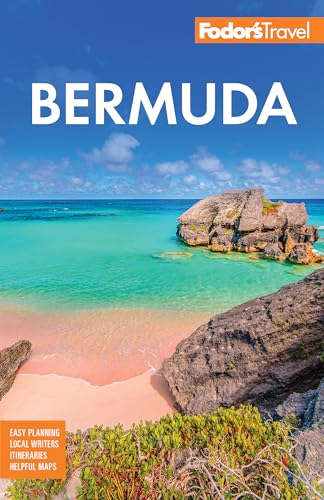Bermuda's Pink Beaches
In only a few regions where tropical coral reefs flourish offshore do pink-sand beaches form. What makes Bermuda's sand pink is an amalgam of calcium-rich shells and fragments of invertebrate sea creatures, from minute, single-cell protozoa to spiny sea urchins. Chiefly responsible are foraminifera ("foram" for short), a type of protozoan that lives in great profusion in reef environments. The microscopic red Homotrema rubrum (red foram) variety is numerous both on the reefs and in the ocean sediments that surround Bermuda, and their persistent red pigment remains even in the microscopic "skeletons" these animals leave behind when they die. The red gets mixed in with other (predominantly white) reef debris—broken clam and snail shells, fragments of coral—and, when washed ashore, forms the island's signature pink sand.
The most visited pink-sand beaches are Warwick Long Bay Beach and Horseshoe Bay in Southampton. But just about any beach you visit on the south shore will have the famous sand in abundance. Think twice before pocketing pink sand for the trip home. Bermuda has placed a premium on this national treasure, and it is illegal to take sand from a Bermudian beach. You can bring souvenir sand home, however, as most tourist shops carry small, labeled bottles at a reasonable price.




